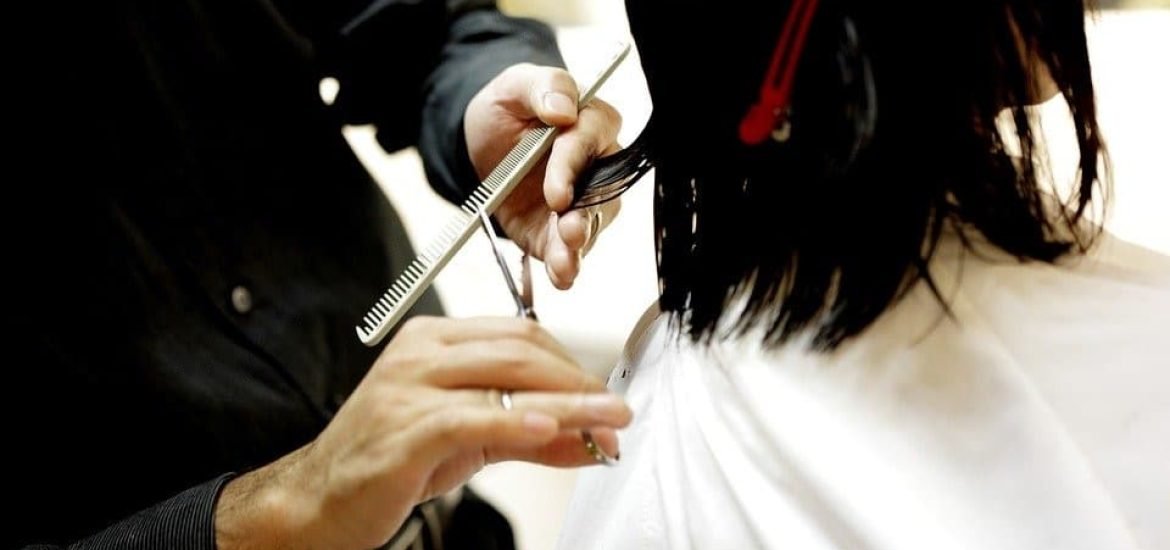
The simple act of talking spreads viral particles, which could infect a person standing nearby. This happens in some cases even if you’re wearing a mask, according to a study published in Physics of Fluids (1).
COVID-19 spreads through small aerosol droplets when infected people breath out. This is not really surprising, given that even minute amounts of oral fluid contains millions of copies of the coronavirus, which can then stay in the air for a few minutes. It was first believed that infection could only happen through coughing or sneezing, which can send these particles flying great distances into the air. Recently researchers discovered that even shouting or singing can expel infectious particles, but quiet talking was always considered safe.
Up until now. Japanese researchers from Yamano College of Aesthetics and Aoyama Gakuin University have demonstrated that even just talking can infect others in certain circumstances.
In this study, the team used e-cigarettes to make artificial smoke with droplets about a one-tenth micron in diameter, which is identical to the virus particles. To visualise how these tiny particles distribute in the air, the liquid used in the vaping devices was a mixture of propylene glycol and glycerin, which scatter light from a laser.
Scenarios tested always included two people, with one sitting or lying and the other standing or leaning. These are the kind of positions seen at hair salons, spas as well as medical or care facilities. “We analysed the characteristics of exhalation diffusion with and without a mask when a person was standing, sitting, facing down, or lying face up,” said author Keiko Ishii, professor of mechanical engineering at Aoyama Gakuin University.
To assess how the virus can spread, participants in the study had to repeat the word “onegaishimasu,” a typical Japanese greeting, while researchers filmed what happened with the vapour cloud around them. The experiments were done in a hair salon at the Yamano College of Aesthetics in Tokyo, with positions carefully designed to mimic everyday interactions between client and customer. These included, for example, cutting hair with one person standing and one person sitting or washing hair with one person lying back and one person leaning over.
These positions are not exclusive to hair salons but also apply to a variety of other situations, namely between doctors, nurses and healthcare workers and their patients. “A significant amount of similar face-to-face contact would occur not only in cosmetology but also in long-term and medical care,” said Ishii.
Not surprisingly, if the person standing up was talking without a mask, the viral particles were forced down by gravity, putting the person sitting or lying underneath at risk of infection. With the protection of a mask, particles that are exhaled stay contained in a cloud around the person’s face, and the danger of infection was significantly reduced.
However, the Japanese researchers found out that if the person standing up were to lean over, that movement pushed infected particles further down. In this case, even wearing a mask increased the risk of infection, particularly if it wasn’t fitted properly. Particles were more likely to escape through small gaps around the nose than actually through the openings on the side.
To prevent this situation, the team recommended the use of a face shield in interactions that may involve this kind of close contact. “The face shield promoted the rise of the exhaled breath,” concluded Ishii. “Hence, it is more effective to wear both a mask and a face shield when providing services to customers.”
(1) Ishii K, Ohno Y, Oikawa M, and Onishi N. Relationship between human exhalation diffusion and posture in face-to-face scenario with utterance. Physics of Fluids 33, 027101 (2021); https://doi.org/10.1063/5.0038380